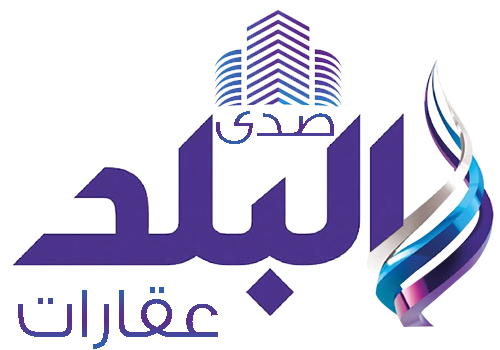By: Ali Abu-Dashish, Taarek Refaat
CAIRO, Mar. 21 (SEE)- In the afterworld of ancient Egypt, the completion of a Pharaoh's trial was a piding point in one's journey to resurrection, and immortality.
Contrary to popular belief, Pharaohs prepared for the afterworld, moving away from injustice, and doing good deeds in their lives to bring it in front of the creator on the judgment day.
Egyptologist Zahi Hawass said that the "Amduat" literally meaning the Book of the Afterworld was an essential ancient Egyptian funerary book, which was exclusively found beside mummies for reference concerning the judgment of the afterlife.
The Amduat narrates the story of the Egyptian sun god "Ra", who travels through a journey in the underworld seeking eternity. From the time of dusk until the point of dawn, the dead Pharaoh takes the same journey over and over again, until eventually becoming one with Ra.

The Pharaoh needs to identify and name the good and evil inhabitants, written in the Amduat, to be able to pass the judgment day. The Pharoah's soul consisted of 9 features. All the features were presented before Osiris and Forty-two Judges, placing one's heart on a golden scale versus the white feather of truth. If the heart weighed more than the feather, then the pharaoh joins heaven eternally but, if the opposite occurs, one enters hell.
Illustrations of the work show clearly the features of the underworld. The initial comprehensive version of the Amduat was discovered in the tomb of Thutmose III in the Valley of the Kings.
According to the ancient Egyptian manuscript, the underworld is pided into twelve hours of the night, each including gods and monsters facing the dead Pharaoh.

The purpose of the Amduat is that it includes the names of all gods, monsters, and the magic spells that the spirit of the dead Pharaoh uses to get through gates guarded by monstrous snakes.
In the first hour, Ra enters the western boundary "akhet" which is a transition between day and night. In hours 2-3, Ra passes through an overflowing "Waters of Osiris." In the fourth hour, the Pharoah approaches the steep sandy realm of Sokar, facing dark zig zag pathways on a snake-like solar boat. In the fifth hour, the tomb of Osiris is uncovered, revealing a hidden lake of fire from beneath it.

The most significant event occurs in the sixth hour, where the soul of Ra unites with his body or the soul of Osiris within the circle formed by the "Mehen" serpent, who protects the sun deity Ra on the journey of the underworld.
On the seventh hour, enemy "Apep" hides waiting to attack Ra, yet, defeated by the magic spells of Isis. Once aforementioned has been accomplished, Ra opens the gates of the tomb in the eighth hour, leaving Sokar's island into the waters in the ninth hour.

On the tenth hour, the revival process proceeds in the waters until the eleventh hour, where the god's eyes are entirely restored, representing health.
On the last hour, the Pharoah finally enters the eastern boundary eager to resurrect again in eternally.













